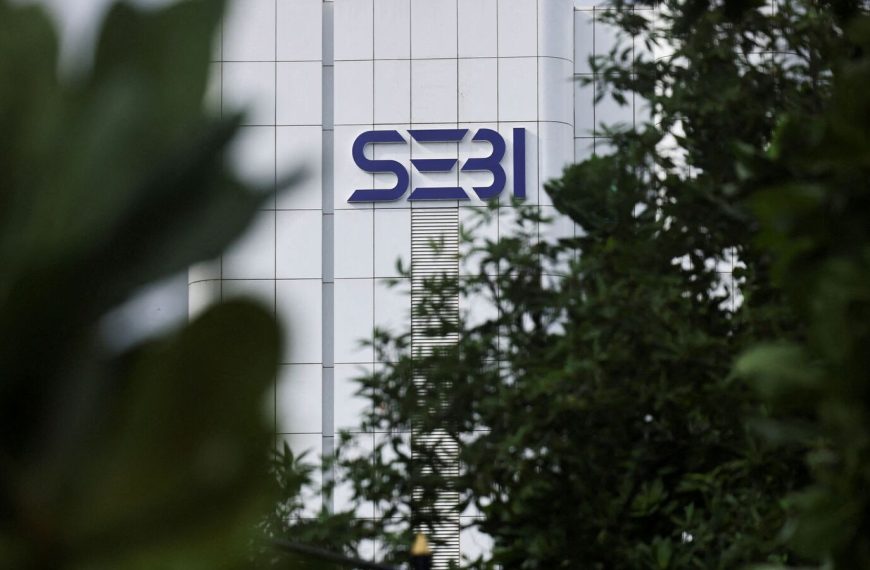US Treasuries, once regarded as the cornerstone of safety in investment portfolios, are currently exhibiting troubling signs of instability in the face of a turbulent macroeconomic landscape. On April 8, a perplexing trend emerged: while equity indices fell, long-term Treasury yields spiked significantly. The 10-year and 30-year Treasury yields experienced remarkable intraday shifts of 20-30 basis points, closing with increases of 12-13 bps above the previous day. Notably, the 30-year yield surged by an astounding 50 bps within just three trading days, reflecting a level of volatility reminiscent of the early pandemic days in March 2020.
Understanding the Volatility in the Bond Market
The recent swings in the bond market can be attributed to the unwinding of what is known as the basis trade. Madhavi Arora, Lead Economist at Emkay Global Financial Services, points out that this highly-leveraged trading strategy is at the core of the current market turbulence.
- Hedge funds have heavily engaged in this trade to capitalize on small price discrepancies between cash Treasuries and futures.
- Many of these trades are leveraged up to 100x, and it’s estimated that the total exposure could exceed $1 trillion, nearly double the levels seen in 2020.
As these leveraged positions begin to unwind, they contribute to amplified price fluctuations, particularly in longer-dated Treasuries.
Supply Challenges Adding to Market Instability
The U.S. Treasury market is currently grappling with an influx of new supply, including $39 billion in 10-year notes and $22 billion in 30-year bonds. This recent issuance is prompting traders to book profits, further intensifying market volatility.
Weak Demand Raises Red Flags
A concerning trend emerged during the latest 3-year Treasury auction, where only 6% of the auction was absorbed by domestic buyers, a stark contrast to the average absorption rate of 19%. This lack of demand from domestic institutions raises alarms about the appetite for upcoming longer-duration securities.
Structural Challenges from High Deficits and Quantitative Tightening
Beyond these immediate trading dynamics, deeper structural issues are surfacing. High budget deficits combined with the Federal Reserve’s ongoing quantitative tightening (QT) are flooding the market with new Treasuries while simultaneously reducing central bank support.
- As more Treasuries become available and fewer buyers step forward, funding pressures are mounting.
- This situation exacerbates the basis trade tensions and risks further market dislocations.
Foreign Investor Behavior: A Potential Risk Factor
The actions of foreign investors add another layer of uncertainty. Unlike official government entities, private foreign institutions hold a significant portion of long-duration Treasuries and may be more inclined to reduce their holdings during turbulent times.
- Any bond sales from these investors, particularly amid tariff uncertainties and growth concerns, could escalate volatility further.
Tariffs and Diminished Global Surpluses
The potential implementation of new tariffs poses a risk to export surpluses for major trading partners such as China, which could diminish their capacity and willingness to invest in U.S. Treasuries.
- Madhavi Arora warns that this scenario could further dampen demand from both domestic and foreign participants.
Given the current market dynamics, the Federal Reserve’s role in the Treasury market has become increasingly crucial. The central bank has already slowed the pace of QT, likely in anticipation of emerging risks.
Conclusion: The Future of Treasuries as a Safe Haven
In summary, while the highly-leveraged basis trade may contribute to bouts of volatility in the Treasury market, it is the combination of rising supply, weakened demand, and ongoing uncertainties that could jeopardize the long-standing safe-haven status of U.S. Treasuries. As we navigate these challenges, the landscape for safe-haven assets may continue to evolve, prompting investors to reassess their strategies.











